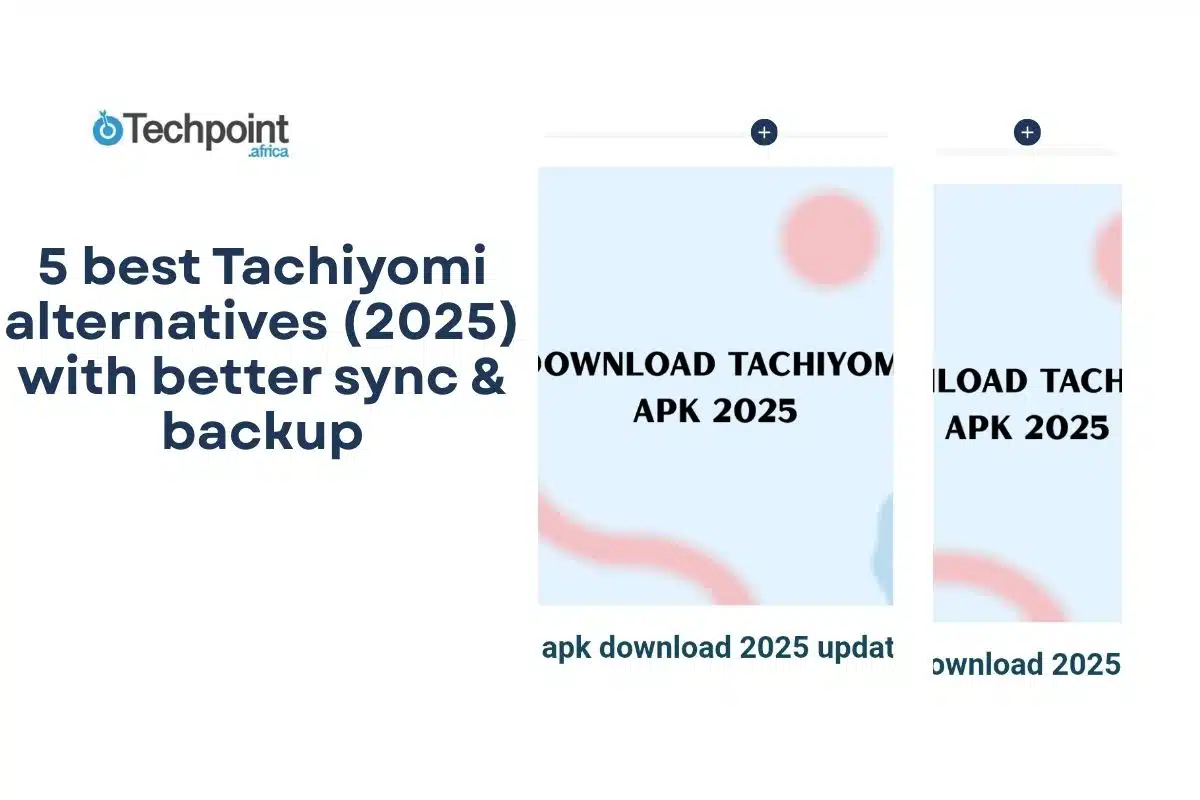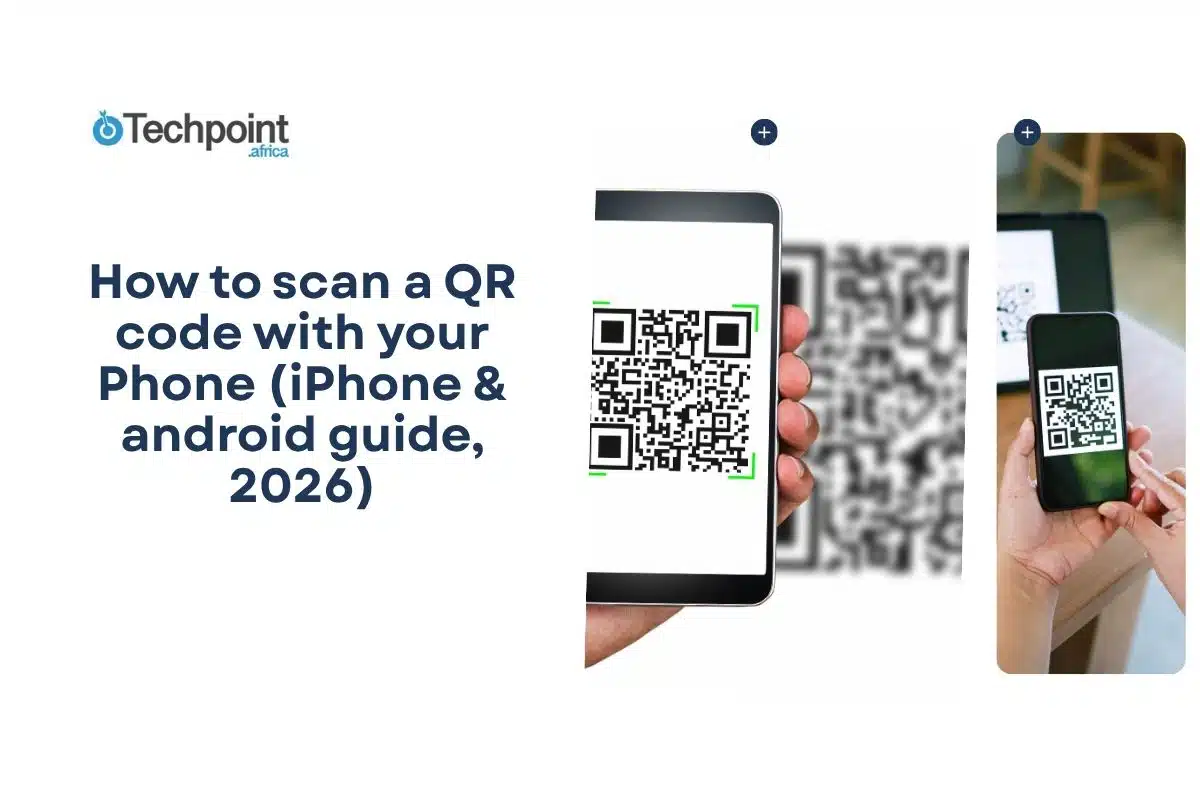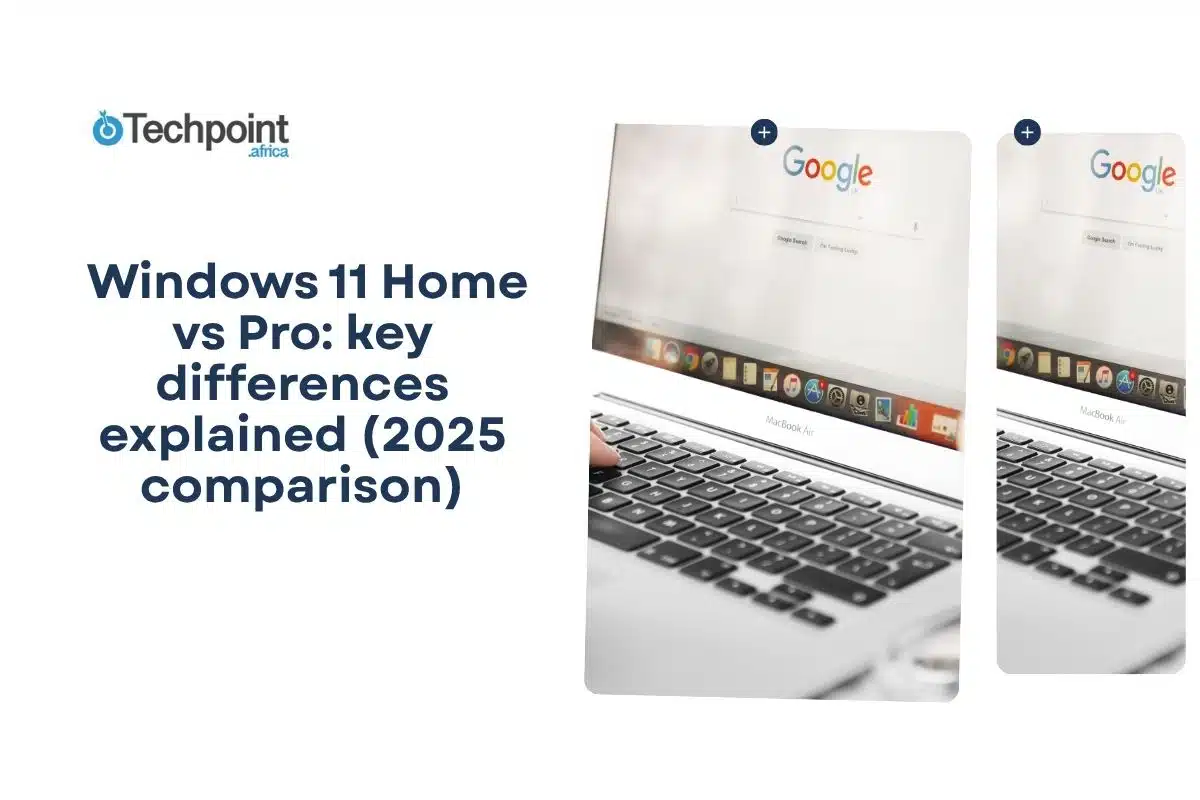
Losing your manga progress or library after switching devices is one of the most frustrating experiences for any reader. With Tachiyomi discontinued, many fans are now searching for alternatives that can handle sync and backups reliably. Over 30 days, I tested five different Tachiyomi alternatives across multiple devices to see which ones truly protect your reading progress. In this guide, I’ll break down the results, showing which apps delivered seamless sync, which fell short, and my top pick for 2025.
In this guide, you will learn:
- Which Tachiyomi alternatives offer reliable sync and backup options?
- How each app performed during real-world testing on Android, iOS, and desktop.
- The strengths, weaknesses, and best use cases of five leading manga reader apps.
- How to safely migrate from Tachiyomi without losing your manga collection.
The 5 best Tachiyomi alternatives with sync and backups
- Aniyomi — The Feature-Rich Successor
- Mihon — The Lightweight Choice
- Paperback — The iOS Champion
- Kotatsu — The Cross-Platform Bet
- Neko — The Tracker’s Friend
Quick comparison of Tachiyomi alternatives
| App | Sync Reliability | Backup Options | Best Feature | Biggest Limitation |
| Aniyomi | High | Local + Cloud | Feature-rich fork of Tachiyomi | Slightly complex setup |
| Mihon | Medium | Manual backup | Lightweight and simpleNo native cloud | No native cloud sync |
| Paperback | High | iCloud sync | Native iOS experience | iOS-only |
| Kotatsu | Medium | Local JSON backup | Cross-platform support | Sync needs third-party tool |
| Neko | High | MAL sync + backup | Smooth UI and tracking | Smaller catalog |
How I chose the best Tachiyomi alternatives
To ensure accurate results, I used each app for six consecutive days across two to three devices. Testing was done on both Android and iOS, where supported. Sync reliability, backup options, and ease of restoring progress were the main focus.
Hardware & Setup:
- Android phone (Pixel 7, Android 14)
- iPhone 13 Pro (iOS 17)
- Windows 11 laptop
- Wi-Fi and mobile data tested
Metrics Tracked:
- Sync reliability: Did progress match across devices without manual effort?
- Backup speed: How quickly libraries can be saved and restored.
- Migration ease: Could I move from Tachiyomi without losing my library?
- Stability: How often the apps crashed or failed during use.
By rotating the apps daily and running them on multiple devices, I could see which ones worked smoothly and which required constant manual fixes.
Aniyomi — the feature-rich successor

Aniyomi is the most direct successor to Tachiyomi, built as a fork that inherits its extension system and adds built-in sync and backup features. It supports both local and cloud backups, allowing you to protect your progress and restore libraries quickly. During testing, it synced progress consistently across two Android devices, with no mismatches or lost chapters.
Feature-wise, Aniyomi is most closely aligned with Tachiyomi’s original design. It offers extensive catalog support, customizable readers, and integration with tracking services like MyAnimeList (MAL). Cloud backups worked seamlessly when linked to Google Drive, and restoring a library on a new device took less than two minutes.
The drawback is setup complexity. Compared to simpler apps, Aniyomi requires users to carefully configure extensions and sync accounts. Beginners may find the menus overwhelming. Still, for Android users who want the most complete Tachiyomi replacement with reliable sync, Aniyomi stands out as the best choice.
Mihon — the lightweight choice

Mihon is designed for simplicity, offering a streamlined manga reading experience without unnecessary features that can slow down an app. Its interface is clean, navigation is smooth, and installation requires almost no setup. During testing, it was stable, fast, and consumed fewer system resources than any other app.
Sync is its weak point. Mihon does not offer native cloud sync. Instead, backups must be done manually, exporting a library file that can be imported on another device. While this works, it is not ideal for users who frequently switch between phones or tablets. Backup files are small and portable, but the process is not automatic.
For minimalists who want speed and reliability without complex features, Mihon is a good fit. However, if seamless cross-device sync is a priority, Mihon falls behind options like Aniyomi or Paperback.
Paperback — the iOS champion

Paperback is explicitly built for iOS and integrates natively with Apple’s ecosystem. Its biggest advantage is automatic iCloud sync, which ensures progress and settings are carried across iPhones and iPads instantly. During testing, I was able to resume reading on another device without needing to export or import any data.
The app’s interface is polished and feels at home on iOS. Reading is smooth, catalogs are easy to navigate, and iCloud backups run silently in the background. For iOS users who were left without Tachiyomi, Paperback is the closest match in terms of convenience.
The limitation is platform exclusivity. The paperback format does not work on Android or desktop devices, making it unsuitable for readers who use multiple ecosystems. But for iOS users who want an app that “just works” with sync and backups, Paperback is the clear winner.
Kotatsu — the cross-platform bet

Kotatsu sets itself apart by offering both mobile and desktop versions. It works on Android, Windows, and Linux, which makes it a rare cross-platform manga reader. Backups are handled through local JSON files, which can be easily saved and restored.
In testing, Kotatsu’s backups were reliable, but sync was inconsistent. Moving progress between devices required third-party tools, such as Google Drive or Dropbox. For users willing to set up this system, sync could be managed, but it was not automatic. Performance was stable across all platforms, although the interface lacked polish compared to those of Paperback or Neko.
The main advantage is flexibility. If you want a reader that works across desktop and mobile, Kotatsu is one of the few options available. Its drawback is the extra effort required for proper sync, making it less beginner-friendly.
Neko — the tracker’s friend

Neko is built with MyAnimeList and AniList integration at its core, making it ideal for users who track their manga reading alongside anime. Sync is handled through these services, meaning your progress is automatically updated across devices linked to your MAL or AniList account. During testing, this system worked reliably, with reading progress syncing almost instantly.
The interface is smooth and user-friendly, and backups can also be saved locally for safety. Neko provides an excellent balance of sync reliability and ease of use, especially for readers already using MAL.
The main limitation is its catalog. Compared to Aniyomi or Kotatsu, Neko offers fewer extension options, which restricts access to some sources. If catalog size is your top concern, this may be a deal-breaker. Still, for readers who want integrated tracking and dependable sync, Neko is a strong alternative.
My real-world testing results
| Criteria | Aniyomi | Mihon | Paperback | Kotatsu | Neko |
| True sync | ✓ | ✗ | ✓ | Partial | ✓ |
| Backup options | Cloud + Local | Manual | iCloud | Local | MAL + Cloud |
| Reliability | 9/10 | 7/10 | 8/10 | 7/10 | 8/10 |
| Ease of use | 7/10 | 9/10 | 9/10 | 7/10 | 8/10 |
Aniyomi and Paperback delivered the most reliable sync experiences. Mihon scored high for ease of use but lost points for lacking automation. Kotatsu was flexible but inconsistent, while Neko performed strongly for readers who value integration with tracking platforms.
The verdict: which app won?
- Overall Winner: Aniyomi — the most complete replacement for Tachiyomi with high reliability and broad feature support.
- Runner-Up: Paperback — the best choice for iOS users who want seamless iCloud integration.
- Special Mention: Neko — ideal for users invested in MAL or AniList for syncing and tracking.
The honest truth about manga app sync and backup
At first glance, syncing and backing up may seem simple. In reality, they are much harder to implement than downloads. Here’s why they matter, where most apps fail, and what users should look for:
Why sync and backup are challenging
Downloading chapters is straightforward; apps pull files from a catalog and store them locally. Sync, however, is a two-way process: the app must track your exact progress, upload that information to a server or storage system, and then replicate it on another device. This requires secure servers, well-built APIs, and, in some cases, third-party integrations such as Google Drive, iCloud, or tracking services.
The risks of poor implementation
Without proper sync, progress can easily be lost when switching phones, reinstalling the app, or recovering from a crash. Manual backup options are better than nothing, but they rely on the user remembering to export and save files on a regular basis. Forget once, and you risk losing your place across dozens or even hundreds of series. For dedicated readers, that’s more than an inconvenience; it undermines the entire experience.
Why cloud sync matters
Cloud-based solutions offer the most reliable safeguard. They enable automatic updates in the background, ensuring progress and settings are always up to date across devices. Apple’s iCloud and Google Drive are typical examples, but not every app can integrate them due to technical or platform restrictions. That’s why some options, such as Mihon or Kotatsu, still rely on manual or semi-automatic systems.
Common issues readers face with sync and backup
Even the best Tachiyomi alternatives are not flawless. During testing, I ran into a few recurring issues that manga readers should be aware of:
- Sync delays: Some apps updated progress instantly, while others required a manual refresh or even a restart before changes appeared on another device.
- Storage conflicts: When using third-party cloud tools like Google Drive, multiple devices occasionally create duplicate backup files. This could lead to confusion or outdated progress being restored.
- Catalog mismatches: Switching between apps sometimes broke links to certain sources, meaning titles had to be re-added before progress synced correctly.
- Platform restrictions: Apps like Paperback worked perfectly within iOS, but left no option for Android users. Cross-platform readers will find this limiting.
These issues don’t render the apps unusable, but they underscore why sync and backup are crucial features to consider before committing to a new reader.
Best practices for protecting your manga library
No matter which app you choose, there are a few steps every reader should take to avoid losing progress:
- Enable both cloud and local backup where possible. Cloud ensures automatic updates, while local backups give you a recovery option if the service fails.
- Keep a regular export schedule. Even apps with sync can fail. Exporting your library once a month provides an extra layer of security.
- Use official sources for downloads. Installing apps or extensions from unofficial sites increases the risk of corrupted data, which can break sync and backup.
- Test restore functions before you need them. Run a trial restore on a secondary device to confirm that backups actually work as intended.
- Track your library externally. Using a service like MyAnimeList or AniList gives you a fallback record of what you’ve read.
Taking these precautions means you’re not relying entirely on the app’s sync system. Even if you switch devices or apps in the future, your library will remain safe.
What you should look for
If long-term reliability is important, choose an app that includes:
- Automatic cloud sync — ensures progress is preserved without user input.
- Local backup options — as a fallback in case cloud services fail.
- Cross-device support — so your progress isn’t tied to a single device.
Sync and backup may not be the flashiest features of a manga reader app, but they are the ones that determine whether your collection is safe and your reading experience seamless.
Alternative solutions i discovered
While testing, I also explored additional ways to safeguard manga libraries:
- Exporting Tachiyomi libraries into compatible formats for import into other apps.
- Using cloud drives like Google Drive or Dropbox for manual sync across devices.
- Self-hosted solutions for advanced users, allowing total control over sync servers.
Key insights and trends
- Cross-platform sync is becoming more common but still inconsistent.
- Forks of Tachiyomi are diversifying, each focusing on specific features like privacy, tracking, or performance.
- Backup is no longer optional—apps without it leave users vulnerable.
FAQs
- Which Tachiyomi alternative is closest to the original?
Aniyomi is the closest match, offering the same extension system and a familiar interface.
- Do all these apps support cross-device sync?
No. Aniyomi, Paperback, and Neko handle sync best, while Mihon and Kotatsu require manual steps or third-party tools.
- Is my library safe with cloud backup?
Yes, provided you use official cloud services like Google Drive or iCloud. These are more reliable than manual-only methods.
- How do I migrate from Tachiyomi?
Export your Tachiyomi library as a JSON or backup file, then import it into apps like Aniyomi or Kotatsu that support imports.
Final takeaways
- Aniyomi is the best all-around Tachiyomi replacement with sync and backup built-in.
- Paperback and Neko are strong contenders, depending on whether you value iOS integration or MAL tracking.
- Mihon and Kotatsu are simpler or more flexible options but require extra effort for proper sync.
Conclusion
Tachiyomi’s end left many readers uncertain about where to take their libraries. After 30 days of testing, it’s clear that viable alternatives exist. Aniyomi is the best overall choice for Android users, Paperback is unmatched on iOS, and Neko excels for those who want tracking integration.
Before choosing, consider your device, catalog needs, and how vital automatic sync is for you. Download the client from its official site, set up backups, and migrate your library carefully. With the right app, you can continue reading without worrying about lost progress.
If you’ve tried any of these Tachiyomi replacements or use another app with sync and backup, share your setup in the comments.











